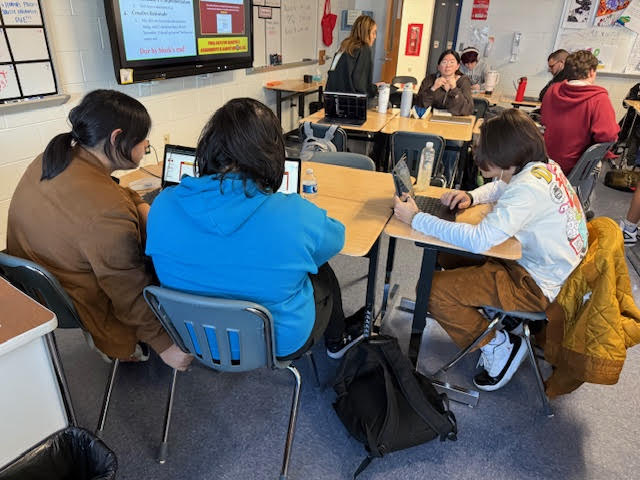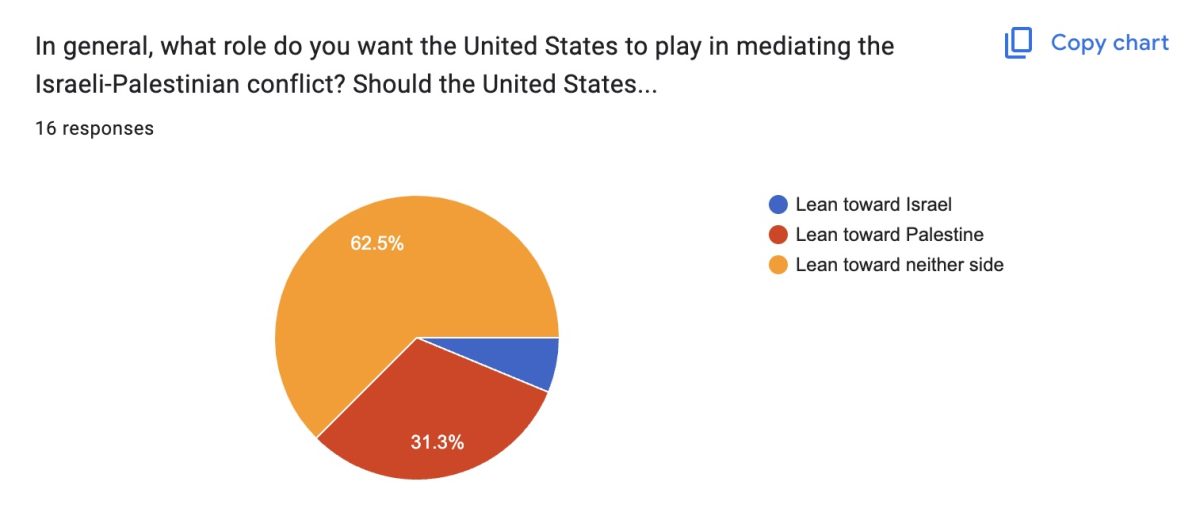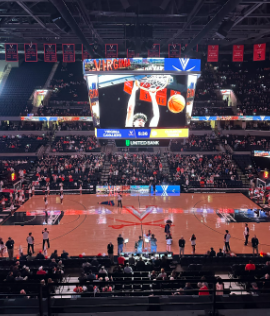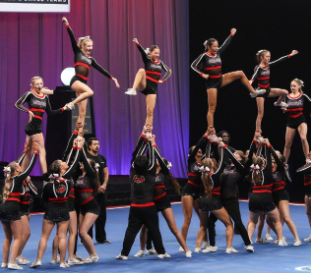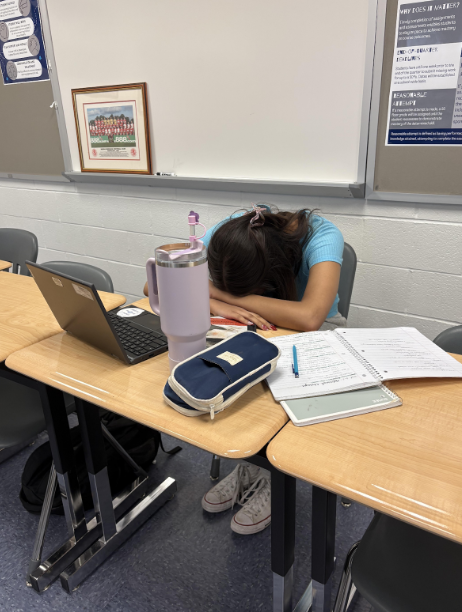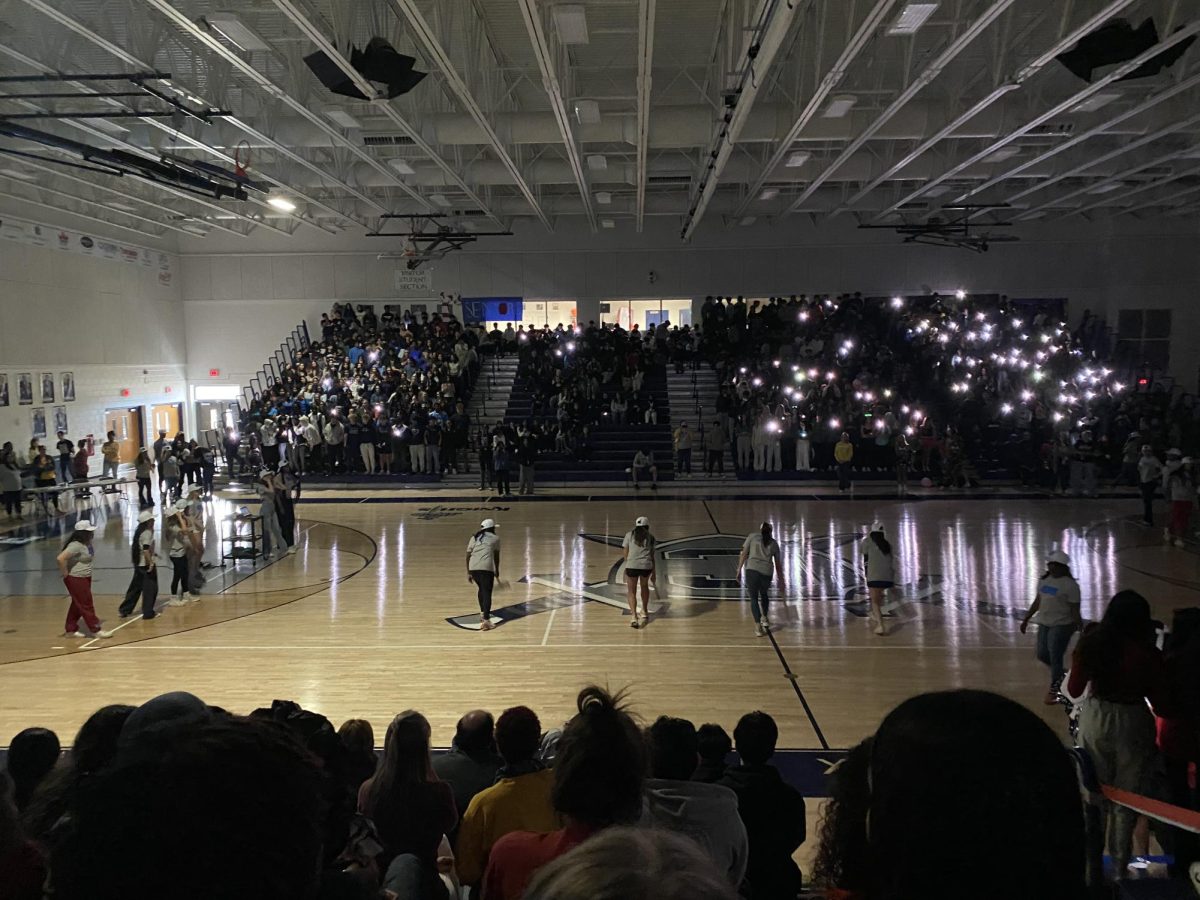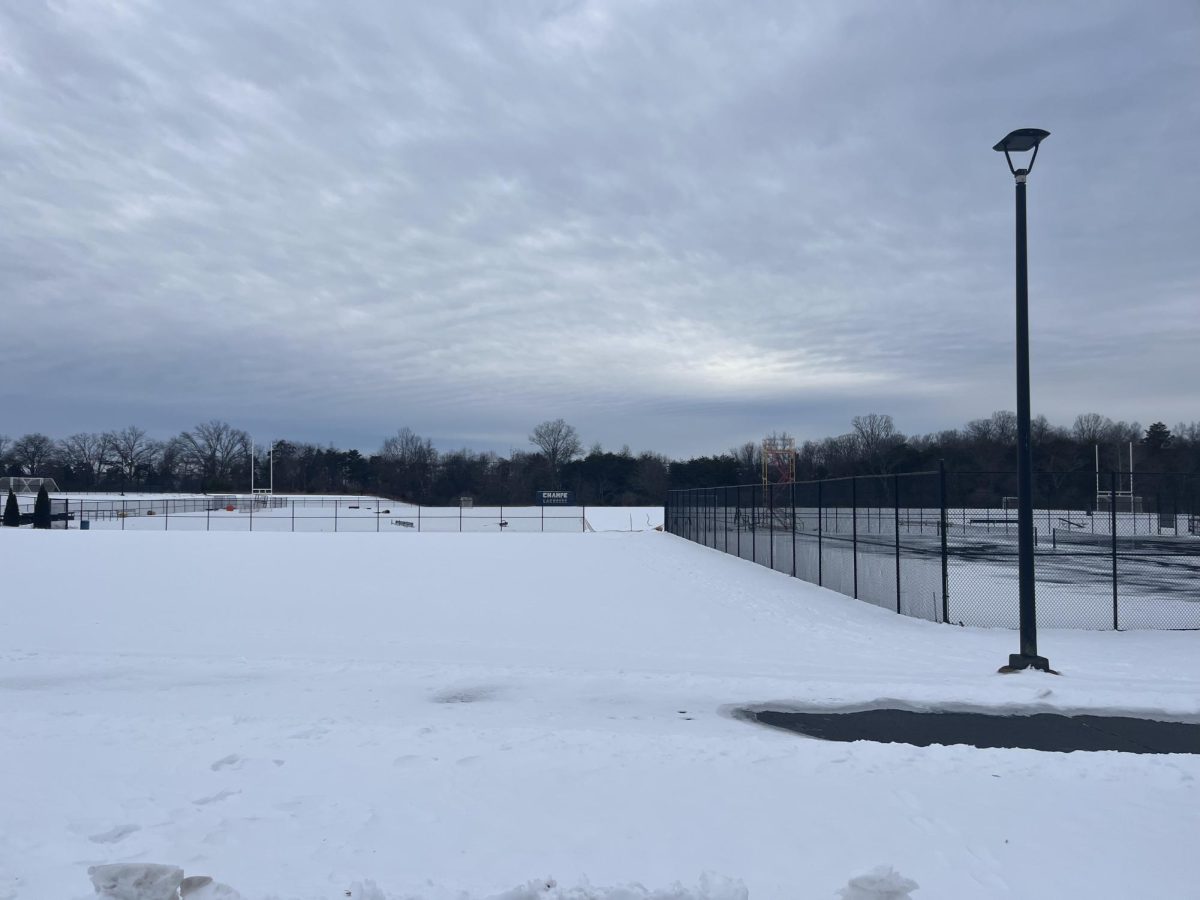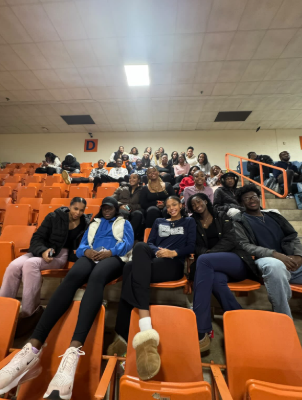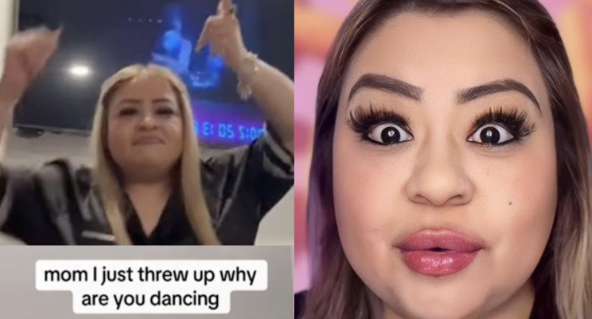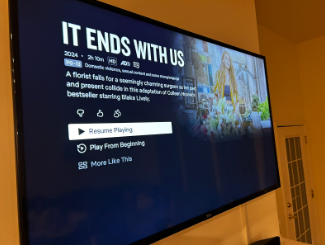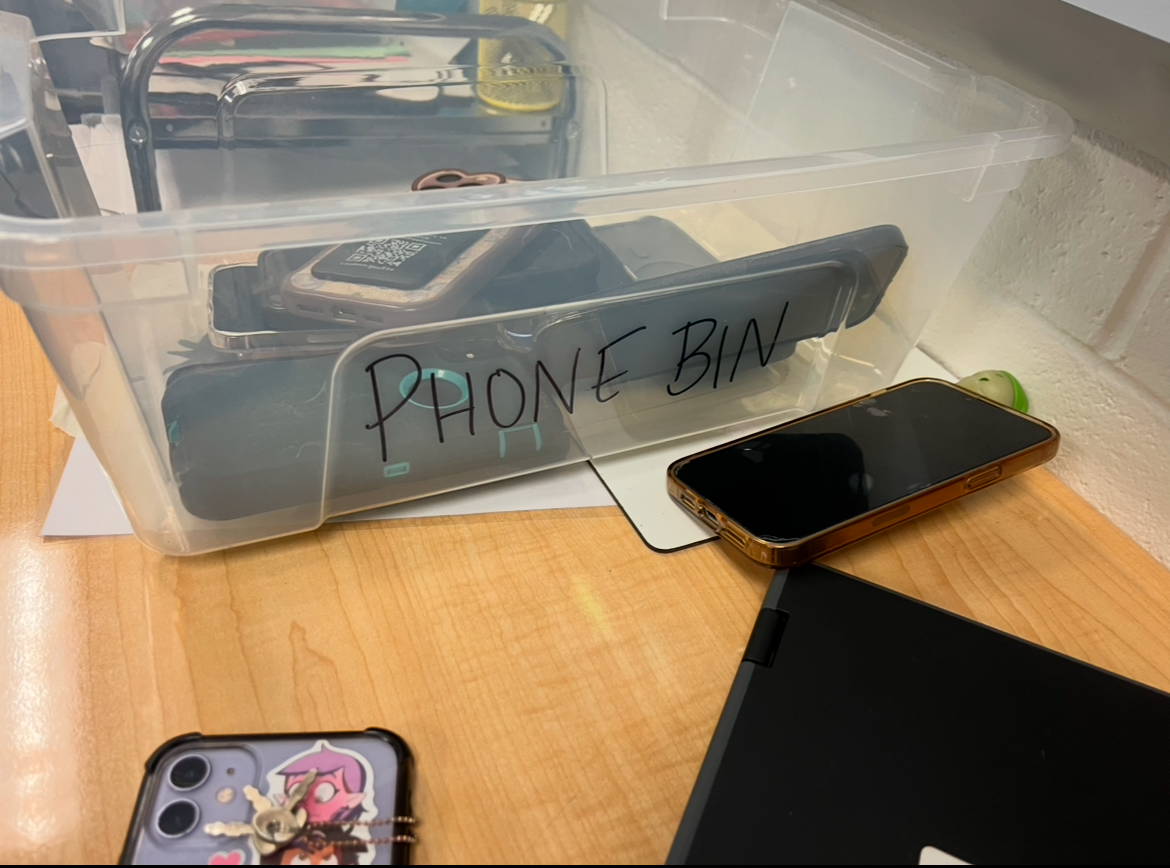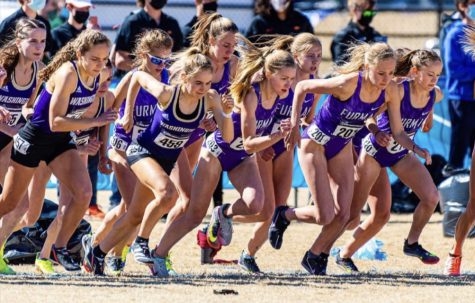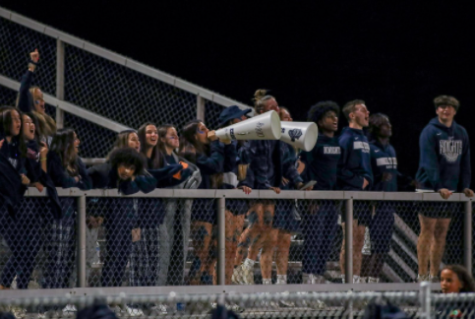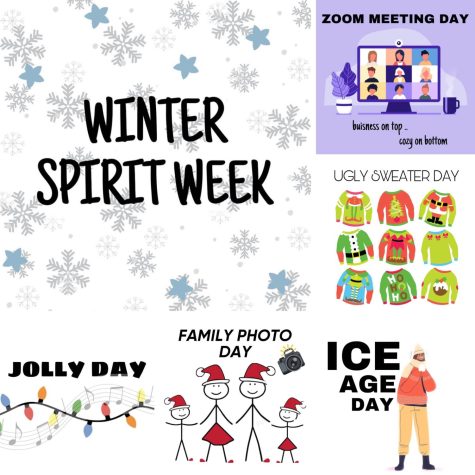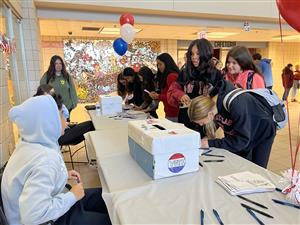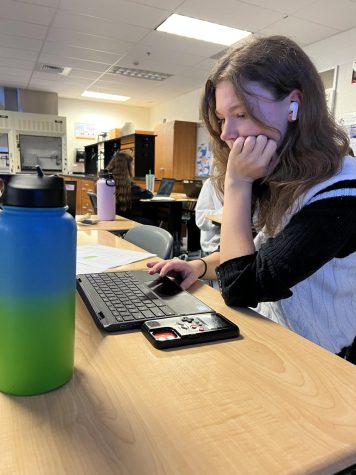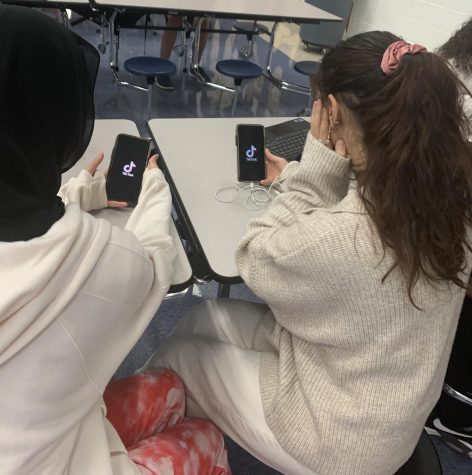Is In-person Learning Even Worth it?

Is In-Person Learning Even Worth It?
By Tiffany Ha
After a year of virtual learning, students from all grades are returning to in-person learning with mixed feelings.

Going back to school can be tough for some students due to a lack of enthusiasm and the need to re-learn how to do things the traditional way in school, such as completing examinations on paper, giving presentations in class, and so on. Some students are already experiencing anxiety after a year of virtual learning, which may have an impact on their grades and GPA. Some are already wishing to return to virtual learning at this stage.
“It feels odd to be back in school after a year,” said sophomore Pearl Zhou,” [because] I’m not used to the new rules they are doing this year.”
In the first week of school at John Champe High School, most students thought having hard classes wouldn’t be that hard after experiencing it virtually. However, some of them have already changed classes after experiencing the difficulty and the responsibility that comes with advanced classes. Students witnessed others coming in and and out of their classes
“One of my friends was in the same class as me,” said Zhou, “[but] the day after that, she wasn’t there and I saw her that morning; so I guess she switched.”
Teachers, however, are aware of their students’ difficulties, and have gone over concepts they studied last year during virtual learning. These learning styles are sometimes divided into four categories; they are more likely to remember information if they can see it or witness a presentation of an idea. Auditory learners are at their most effective when they are able to hear information. Reading/writing, where students learn best by taking notes and using the written word. Kinetic learners are those who learn through doing, such as labs. For each learning type, online learning

brings a few problems. When most of the lessons are visual and oral focused, kinetic learners, for example, have trouble employing physical strategies to retain information.
“In-person learning is better for me,” said senior Julia McDuffie, “[because] I’m a visual learner when it comes to math.”
At John Champe High School, students can participate in collaborative learning with their peers and have less interruptions, which can increase their concentration and allow them to get direct lessons and avoid falling behind in class. In-person learning can also help to improve mental health by socializing with one another at school and making new friends. Furthermore, students can participate in sports and general clubs.

“I found out about the organization clubs through the school website,” said Zhou, “and so far, it has improved my skills to interact with people.”
Even though the effect of the COVID-19 pandemic is still around, it doesn’t stop students from participating in volunteering, clubs, and sports.
“I persuaded my parents by saying it’s for graduation,” Zhou explained, “and they let me go, only with the condition that I keep my distance from people.”
Although many students have different aspects towards school, it’s still a great and healthy idea to get back on track with everything and proceed forward.”
“I’m really glad that I’m back in the school building,” said Zhou, “[because] I didn’t want to stay in my house forever.”
